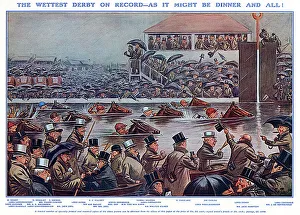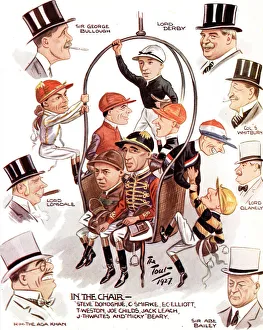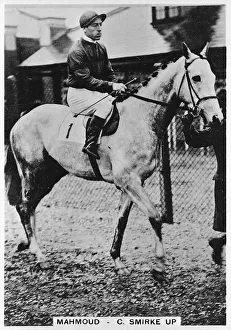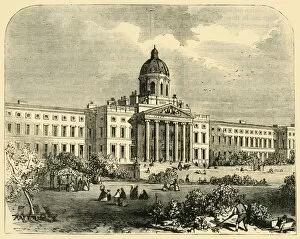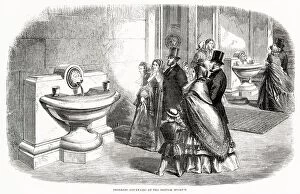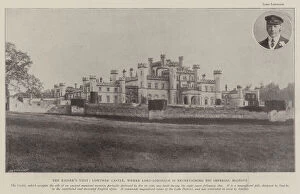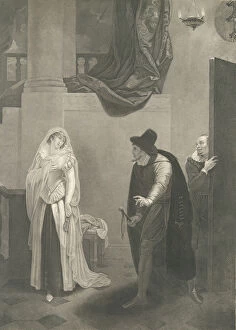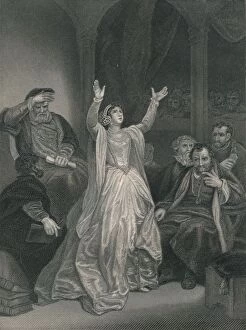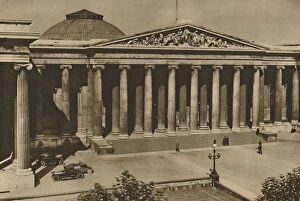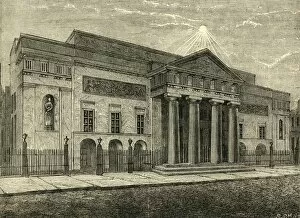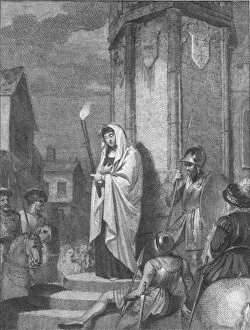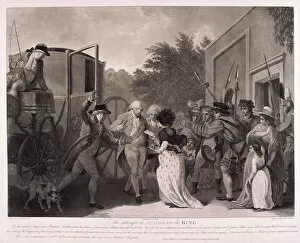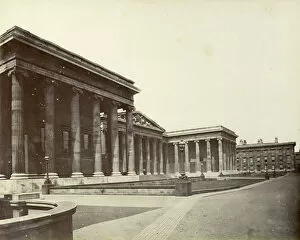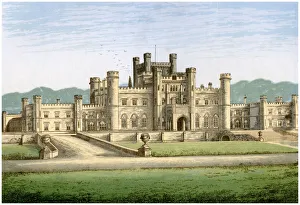Smirke Collection
"Exploring the Timeless Charm of Smirke: From Covent Garden to Lowther Castle" Step into the captivating world of Smirke, a name that resonates with history and art
All Professionally Made to Order for Quick Shipping
"Exploring the Timeless Charm of Smirke: From Covent Garden to Lowther Castle" Step into the captivating world of Smirke, a name that resonates with history and art. In 1810, Covent Garden witnessed the birth of an architectural genius, Sir Robert Smirke. His creations would leave an indelible mark on London's landscape. Fast forward to 1927, where Royal Ascot became a stage for Smirke's caricatures. As laughter filled the air, his artistic prowess brought life to this prestigious event like never before. In c1935, we find ourselves in awe at the Reading Room of the Great Library at the British Museum through Smirke's eyes. The grandeur and intellectual energy emanating from this space are palpable even today. But it wasn't just buildings that fascinated Smirke; he had a keen eye for talent too. Charlie Smirke, a British jockey astride Mahmoud, epitomized grace and skill as they galloped towards victory. The year 1927 marked "The Wettest Derby on Record, " immortalized by The Tout. Through his lens, we glimpse both triumph and adversity etched on jockeys' faces as they braved challenging conditions. Delving further into Charlie Smirke's world reveals more than just racing glory; it unveils camaraderie within Jockey Clubs' Weighing Rooms or amidst lively conversations at The Conservative Club in St James Street during c1840 (1947). As we wander through time alongside our guide - Sir Robert - we encounter unexpected treasures such as a Drinking Fountain at the British Museum in 1860. A symbol of respite amidst knowledge-seeking visitors bustling about their day. Our journey takes us outdoors too – capturing moments like visitors strolling outside while admiring View of the British Museum lithograph from 1854 or witnessing Lord Lonsdale entertaining His Imperial Majesty, the Kaiser, at Lowther Castle.

